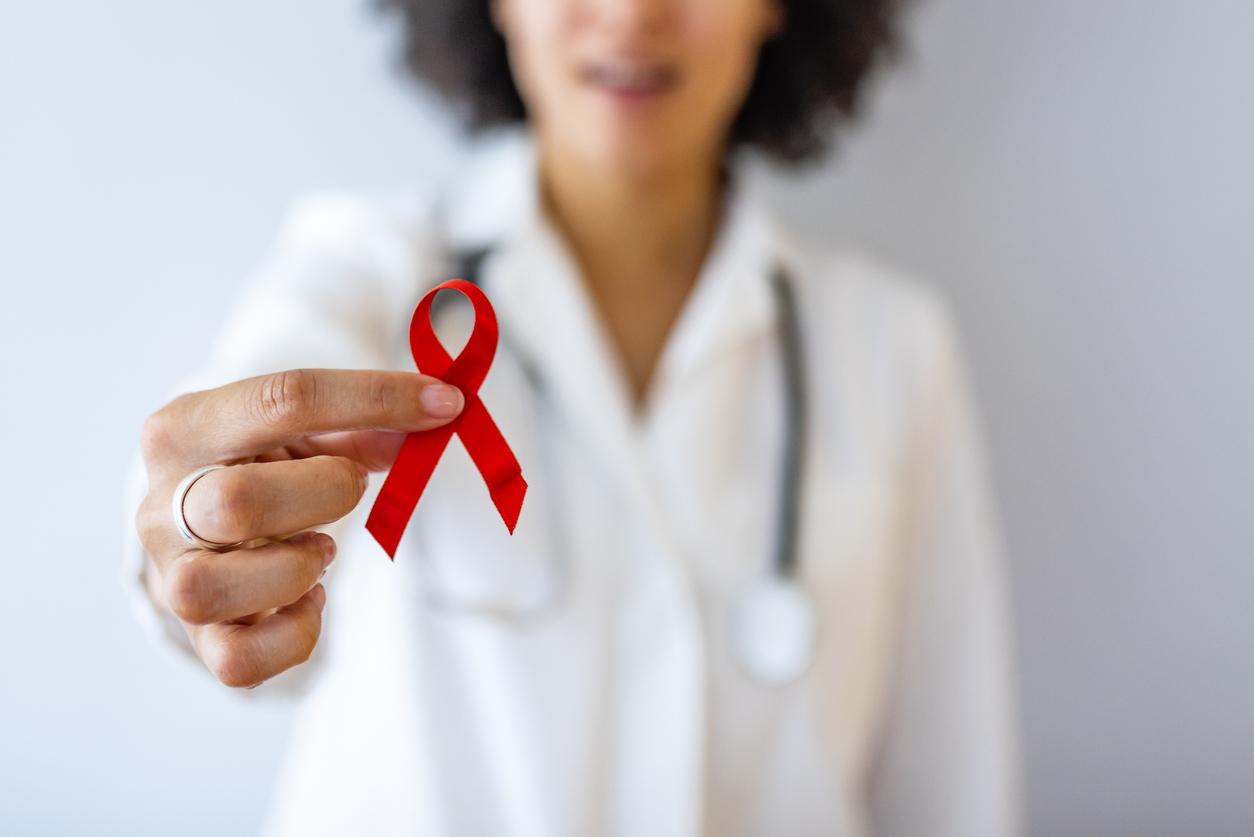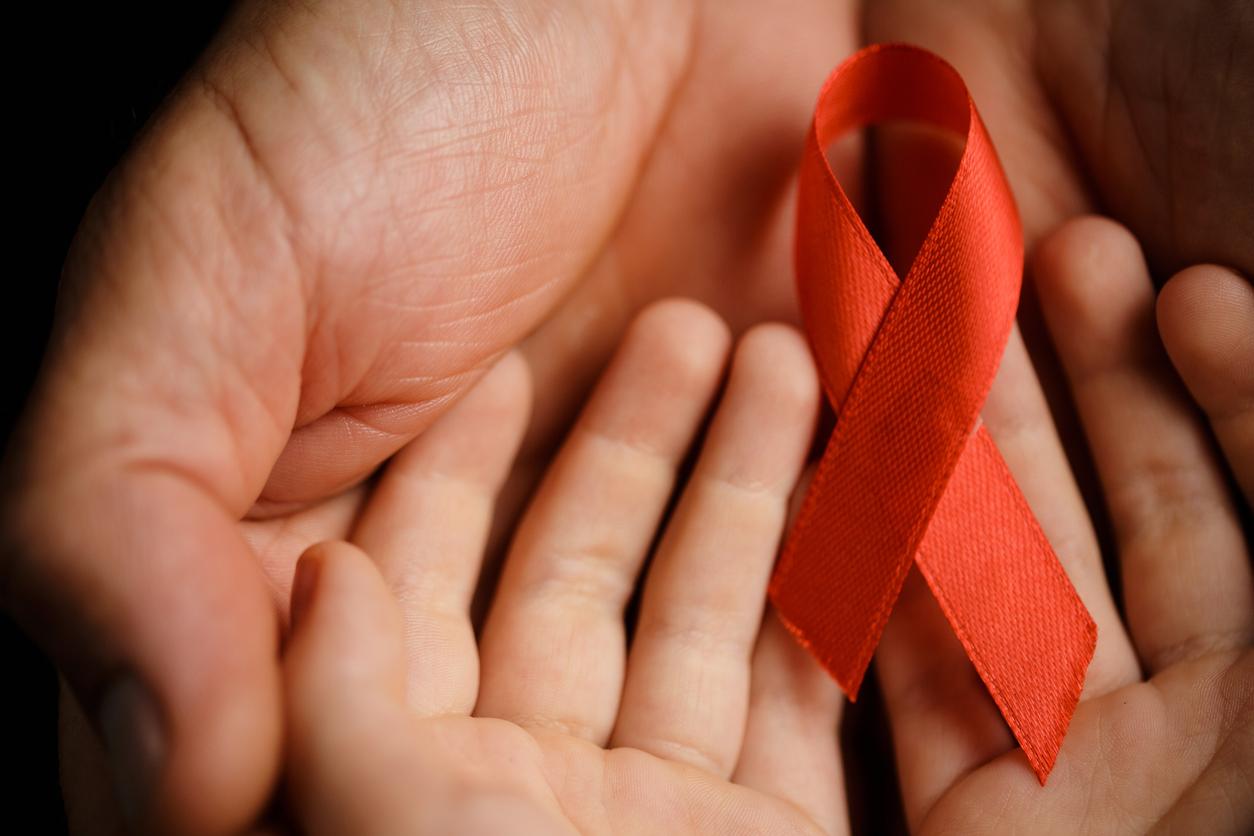The 2022 edition of Sidaction began on March 25 and continues until March 27. On this occasion, Why Doctor relays a study which reveals that non-daily treatment would improve tolerance to drugs.

- About 173,000 people live with HIV in France.
- The intermittent regimen also allows a reduction in treatment costs, of more than 3,000 euros: which is significant for low- and middle-income countries.
In the 1980s, AIDS was detected and the first research on the pathology was published. Since then, scientific knowledge of the virus and its consequences has progressed. HIV-positive people can live with the disease if they take their antiretroviral treatment. More than forty years after the discovery of the disease, researchers are working to improve their living conditions. This issue is the subject of a publication recent from Inserm. With teams from the AP-HP, researchers have conducted research on the efficacy and safety of an intermittent diet, i.e. four days of treatment and three days off, compared to a standard continuous diet, c ie the daily intake of medication. Their work has appeared in The Lancet HIV.
Why change the mode of administration of the treatment?
“Improving the lives of people living with HIV is one of the current major areas of research and therapeutic relief is one of them.specifies Inserm in a communicated. Reducing the duration of treatments would limit the toxicity of drugs in the long term, which can degrade certain organs such as the heart or the liver. This is also intended to improve adherence to treatment.
Same treatment, different timeline
A pilot study was conducted in 2017: it showed the therapeutic success of treatment with intermittent diet in 96% of patients after 48 weeks. This time, the researchers included a sample of 636 adults, infected with HIV-1, on triple antiretroviral therapy, with a viral load of less than 50 copies/mL for at least 12 months, with no resistance mutations to one of the drugs used and having not changed treatment in the four months preceding inclusion. The participants were followed between September 2017 and January 2018, in 59 hospitals in France. Dr Pierre de Truchis, co-director of this study, explains: “Unlike other simplification approaches, such as dual therapy studies, this strategy uses the same effective and tolerated combination already in use with the patient, without introducing a new molecule.“Two groups of patients were formed: 318 were divided into the group”intermittent“, and 318 in the group”continued“.
An effective intermittent diet
After 48 weeks, 96% of patients in the intermittent group and 97% in the continuous group remained in “hit virological”, or with a viral load below 50 copies/mL. Only 6 patients in the intermittent group and 4 in the continuous group experienced virological failure with a viral load greater than 50 copies/mL. Severe adverse effects were observed in 9% of patients in the intermittent group and 12% of patients in the continuous group. This new method of treatment has improved compliance, and was well received by the participants: 59% of patients in the intermittent group saw their quality of life improved, compared to 7% in the continuous group. If this new mode of administration is promising, more research is needed to confirm these results. “Additional virological and pharmacological studies, as well as longer term efficacy (96 weeks) are being analyzed“, says Dr. Roland Landman, co-director of the research.

.

















